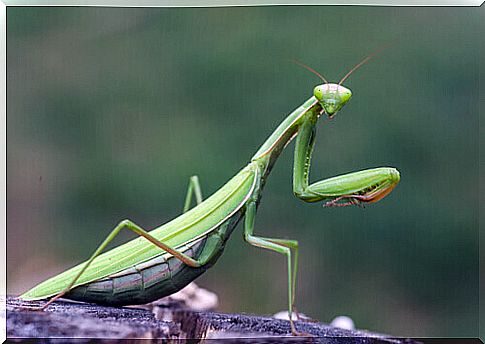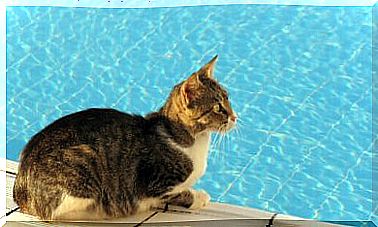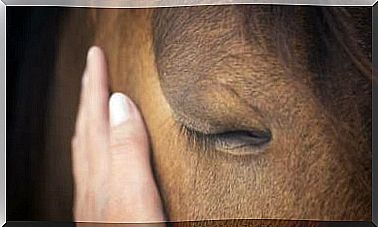Praying Mantis: Characteristics, Behavior And Habitat

The praying mantis is a medium-sized insect easily recognizable and known for the strange position of the front legs, which shows it almost in an attitude of prayer. Little is known about the habits and behavior of the mantis , also known as the “European mantis”. For this reason, we will show you everything you need to know about this famous and strange creature.
Characteristics of the praying mantis
The female of the praying mantis measuring approximately 7.5 cm in length and is larger than the male (6 cm). It has an elongated chest and two long antennae protruding from its head. The front legs, which always seem in a position of prayer ( mantis in Greek means “prophet, soothsayer”), are equipped with thorns with which they hook the prey.
The color of praying mantises depends on the environment in which the last moult change was made. It can range from green to brown and is an excellent camouflage tool. The green color depends on the presence of a lot of vegetation. A more brownish or yellowish hue denotes more straw or grain. Therefore, the mantis camouflages very well in its habitat and it is very difficult to see one.
One of the characteristics of insects belonging to the Mantodea order is that they can rotate their heads 180 degrees. This allows the praying mantis to be able to observe its own back as well.
Their life expectancy is around one year, and they go through 6 changes to reach adult size. They hatch from eggs laid by females (hundreds in each pose) and, when young, have the same appearance as an adult mantis, but in much smaller size.
Contrary to what some believe, the praying mantis is not poisonous or itchy. In addition, it helps control pests of some insects in open spaces. So we could say that it is even beneficial to have mantises in our gardens, since it contributes to the balance of the ecosystem.
Behavior
The mantis is carnivorous and very patient as a predator. It is able to wait motionless for its prey, disguising itself among leaves and stems and then striking quickly and lethally.
Praying mantises mainly feed on moths, flies, crickets, grasshoppers… Although there is evidence that in case of opportunity, they can hunt and eat even small amphibians, reptiles and even small birds.
One study claims that praying mantises, for example, hunt hummingbirds more often than you think. They capture their prey thanks to their powerful front legs, which are extended at a speed imperceptible to the human eye.
Mantises are solitary insects that usually live independently. They only meet to mate, and if two or more males match, they fight each other to the death. Only the last surviving specimen is deputed to mate. After the reproductive act, the females devour the male’s head, which will serve as additional nourishment to encourage egg production. It is a custom in nature. On farms, if the mantis is well fed, it often spares the partner.
Habitat
The praying mantis is native to Europe and Asia, but was artificially introduced to North America. Today the mantis can also be found in some locations in central Africa and in the southernmost part of South America.
The mantis is a country insect and proliferates in orchards, cultivated fields or pastures, with little human presence. It is not an insect that would resist the conditions of the city. As we have seen before, he likes to blend in with the grass, leaves and tree branches. Only in such conditions can it take advantage of this advantage which greatly increases its ability to eat.
A praying mantis as a pet
Despite being a medium to large carnivorous insect, it hunts prey its size or larger, such as hummingbirds. Today, more and more people are choosing mantises as pets.
To have a mantis in your home, you will need a terrarium to live in. It shouldn’t be so big that it can’t find prey, but neither should it be too small to limit the space to move around. As for feeding, it will be necessary to provide him with live insects. The terrarium should be sprayed with fresh water every day, to maintain a good level of humidity and so that it can drink the drops of condensed water.
Removing a praying mantis from its natural habitat is not a gesture we suggest you do. If you really want to keep a mantis at home, you can buy some eggs in a specialized shop. Of course, keep in mind that these insects love to live alone. If you put two or more specimens in the same terrarium, they will start fighting each other to the death.









